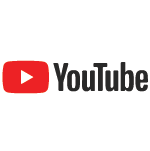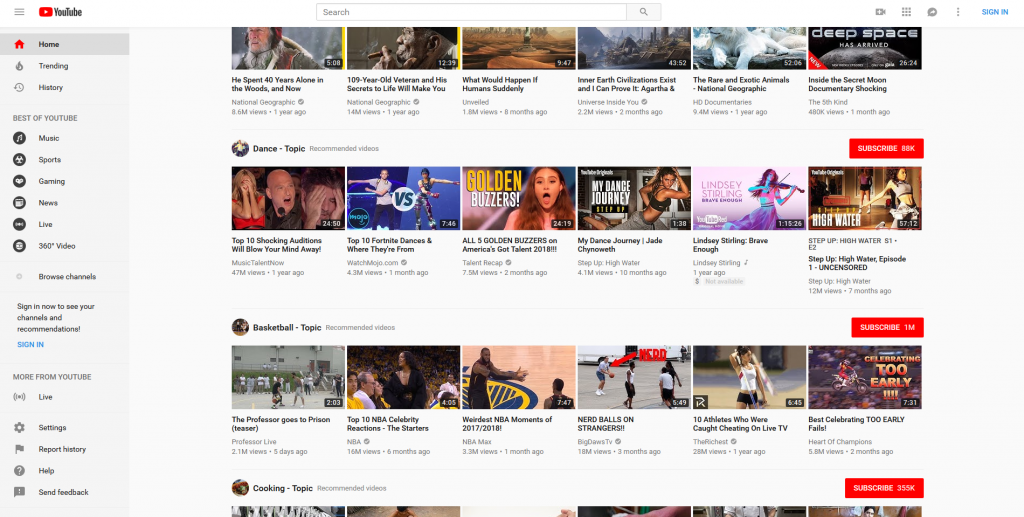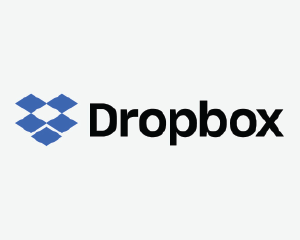Youtube

Description
YouTube is a free video sharing platform that makes it easy to watch online videos. You can create, edit and upload your own videos to YouTube to share them with others. If you would like to upload and edit your own videos you need to sign up for YouTube and create your own channel.
There are two basic ways to view a YouTube video: directly on the YouTube website or as an embedded video on another site.

Key functionality
- Compatibility: Accessible through computers & mobile devices
- User accounts: The signing in process in not obligatory, but signing in allows you to like and comment on the videos you find, share videos more easily, and upload and edit your own videos. To sign in to YouTube you need a Google account.
- Watching videos: Once you’ve signed in, the YouTube homepage will appear, and you’ll see e.g. trending and popular videos, videos recommend for you. If you see a video you want to watch, just click it to start playing.
- Subscribing: You can subscribe different YouTube channels, with subscriptions it´s easier to watch videos that are interesting to you. Subscribing to channels is a bit like creating your own TV network, but with just the videos you want to watch.
- Explore: To search for videos, simply type what you are looking for in the search bar and click the Search button. Results will appear below, just like a Google search. If you want to make the search more accurate, click the Filters button below the search box. There you can refine your results to search for videos by quality, length, or other criteria.
- Sharing: To share a video, simply click the Share button below the video player and choose the desired sharing option. Some of the simplest options allow you to share the video with social networks like Facebook and Twitter, or to copy and paste a link to a video. You can also embed the video on a net site or e-mail the link to another person.
- Playlists: YouTube´s playlists are a great way to organize and share the videos you find on YouTube. By creating a playlist you could e.g. collect some of your favourite science videos. Once you’ve created a playlist, it’s easy to share it with your friends or students.
- Liking & commenting: It´s possible to like/dislike a video or to leave a comment to a video you have watched. Comments are a great way to let the creator know how you feel about a video or to start a discussion with other viewers
- Using your own channel / sharing your own videos: If you like to share your own videos you do it from your own YouTube channel. You already have a channel if you are signed in to YouTube. Just select My Channel from left. First you have to have your own video you want to share. There are several ways to create videos for YouTube—the method you choose depends on what kind of videos you want to make: you can use a webcam, your mobile device or a separate video camera. Once you have recorded the video (and maybe edited it), you can upload the video to YouTube. Select the Upload button near the top-right corner of any YouTube page and choose your video. While the video is uploading, you’ll be able to add a video description, choose the visibility settings (public, unlisted, private) and more. The upload time will depend on a few factors, including the length of the video and your Internet connection speed.
- Editing: YouTube has built-in editing tools you can use for free, these tools are easy to use and you don´t need experience with complicated editing software to be able to use them.
- Post privacy options: Users can choose if their videos are public, unlisted or private. The selection is made during the uploading process.
Who uses the tool

0
Total Users
Monthly active users, 24.01.2018
- Everybody uses YouTube.
- It can be used for watching online videos and organising them e.g. by creating playlists and subscribing to channels. One can like/dislike videos and comment on them.
- One can also livestream and upload own videos to YouTube and edit them with YouTube´s free editing tools.
- For many people the use of YouTube is more watching than producing videos
Platform
Gender
Age groups
Pedagogical purposes:
In VET YouTube could be used e.g.
- Searching for educational videos and watching them. Teachers or students can search for appropriate videos, playlists can be made and shared e.g. on a certain subject.
- The video helps to understand and visualise things/procedures/processes.
- Uploading own (self-produced) educational videos, e.g. videos produced by the students for demonstrating work phases.
Platforms
Privacy and user data
The app collects the following types of information from all users:
- YouTube is operated by Google (Google-account information)
- Information on things that the user does including e.g.
- Things the user searches for
- Websites the user visits
- Videos the user watches
- Ads the user clicks on or taps
- The user´s location
- Device information
- IP address and cookie data;
- Information on things the user creates including e.g.
- Photos and videos the user uploads
- Basic user information including e.g. name, birthday, gender, phone number
The app uses this information to:
- Recommend videos the user may like based on what he/she has watched before
- Get cues about what is popular and trending based on what everyone is watching. This helps YouTube to suggest the latest and greatest videos across a variety of genres.
Help users to efficiently access their information after they sign in
Terms and conditions of use can be found on this page:
Using the tool for PROMOVET
Advantages
- Videos / visuality is more interesting than text. If e.g. an instruction is on video format instead of text format is it more likely to be learned – especially in case of young people.
- Young people use videos as format and YouTube a lot.
- Nowadays it´s easy and fast to make videos e.g. with mobile devices and editing is also fast and simple.
Disadvantages
- The privacy issues must be considered especially with young people under 18 years old
- There is a risk that the video has false information or work habits
- There is a reluctancy to appear on a video, especially young female learners are reluctant to make videos of themselves.





